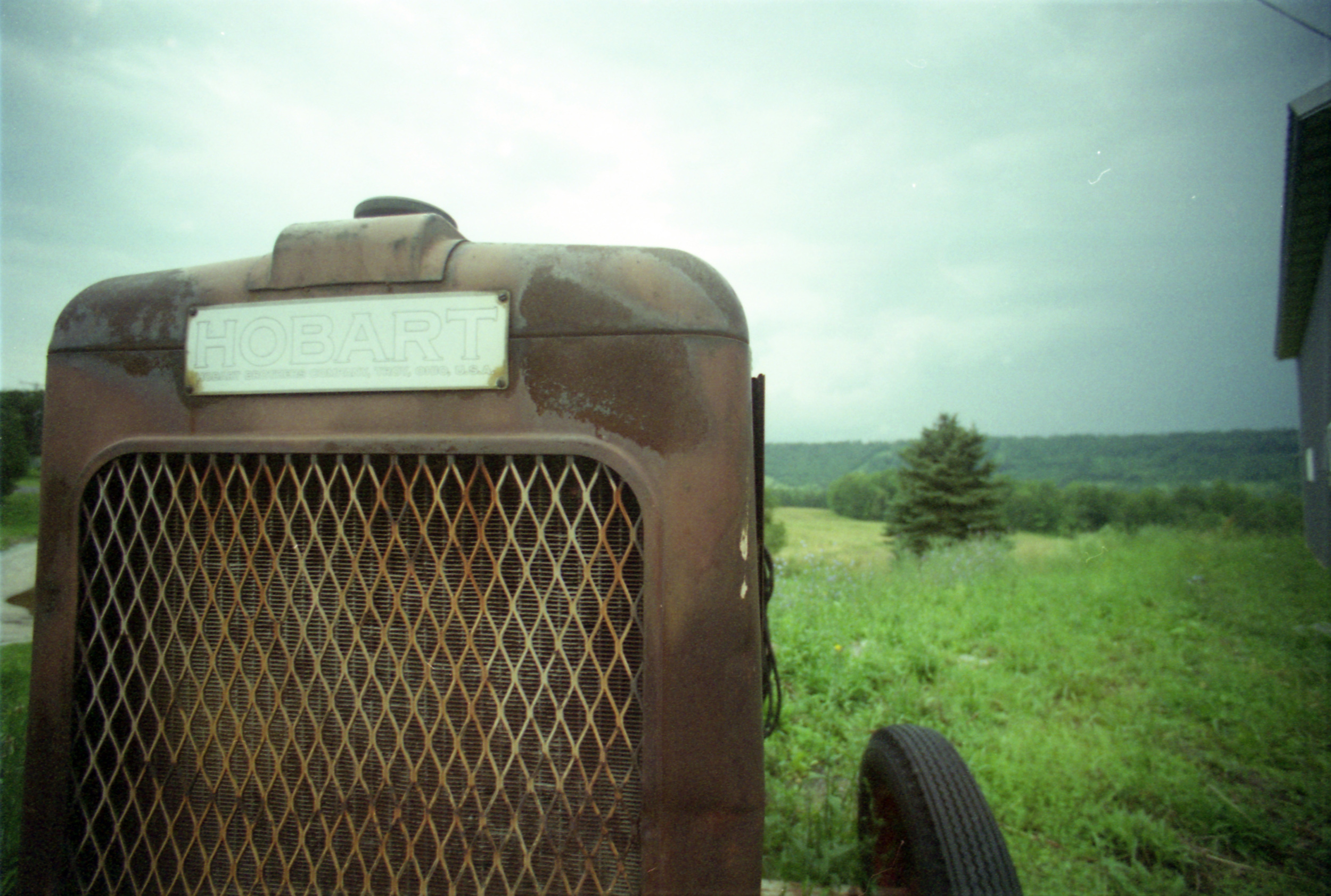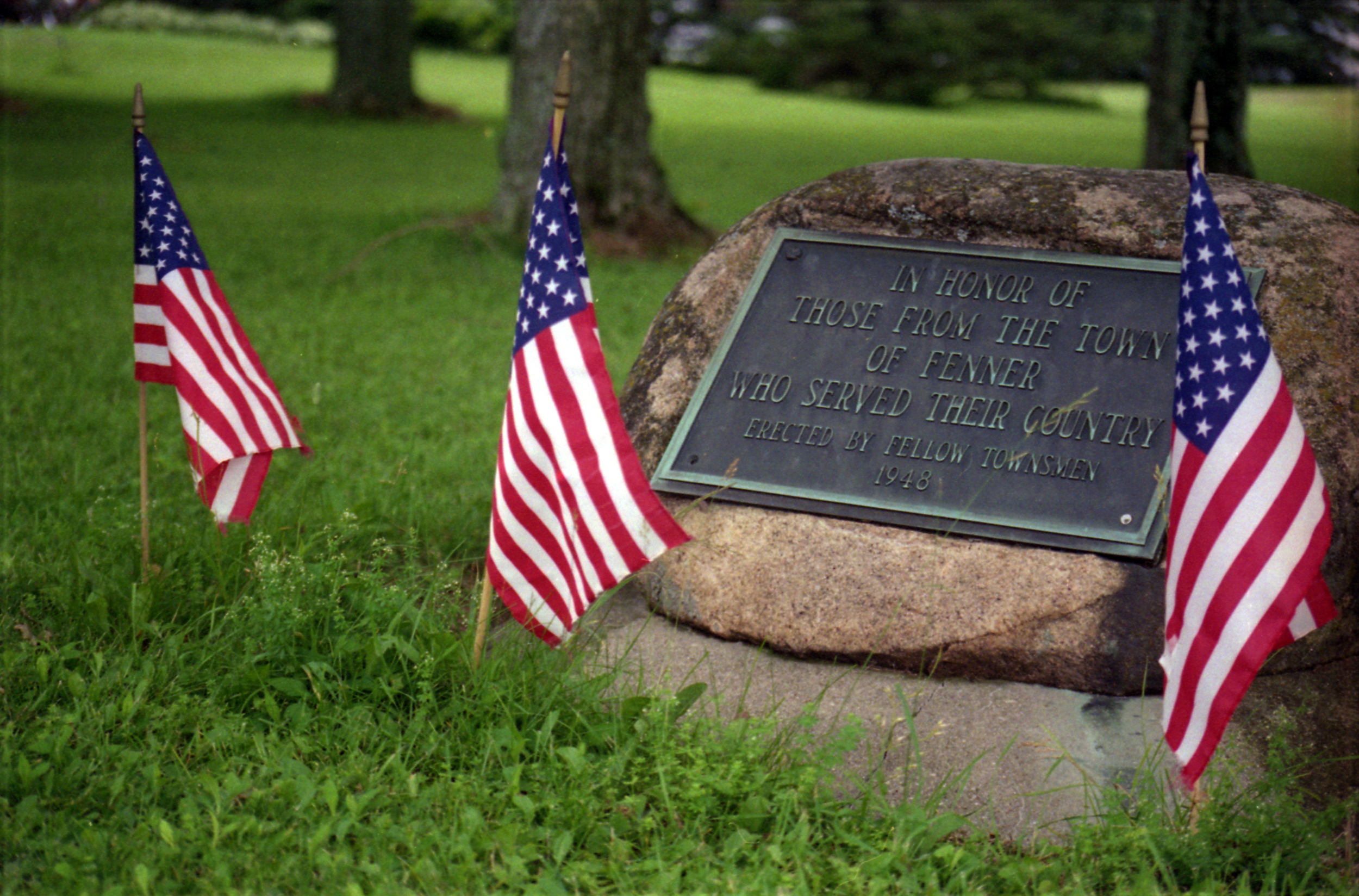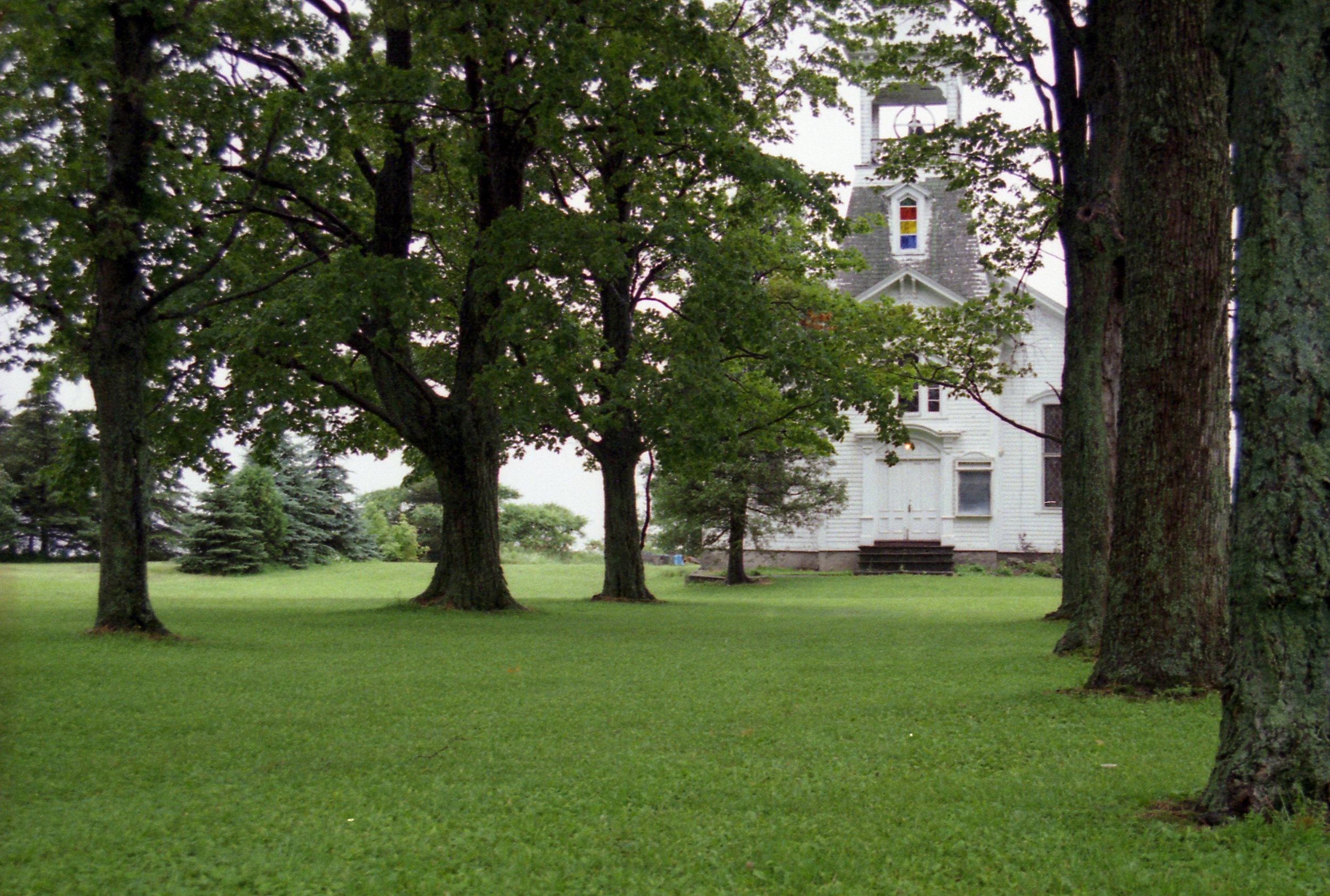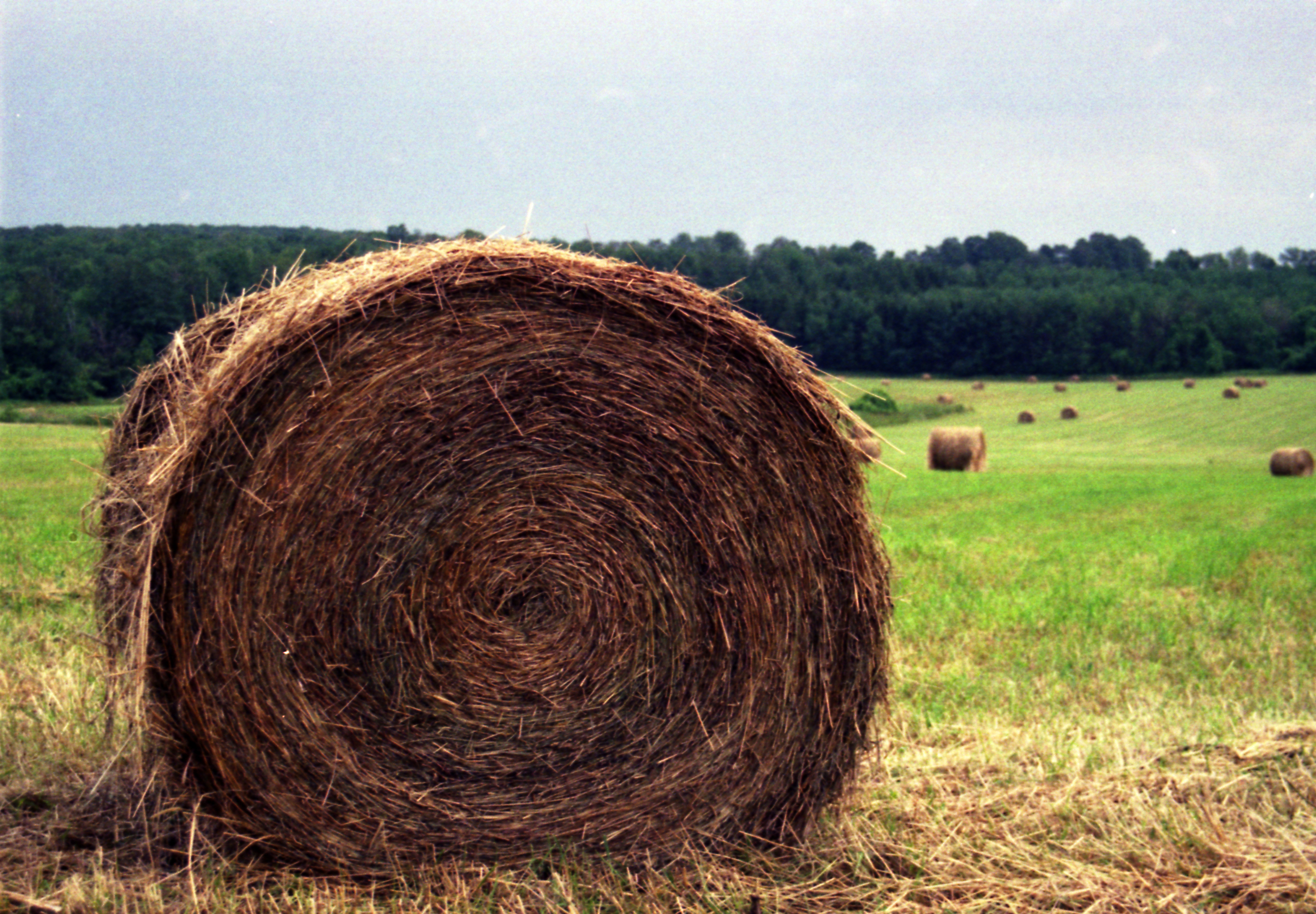Town of Fenner, New York
Fenner Township was set off from Smithfield and Cazenovia on April 22, 1823. It lies a little northwest of the center of Madison County, being bounded on the north by Lincoln and Sullivan; east, Smithfield; and west, Cazenovia. It contains 19,000 acres of land. By the census of 1892, the population was 999. The town was named in memory of Fenner Ballou (1801–1822), son of one of the town's first settlers, Col. Arnold Ballou (1772–1833). Arnold had come from Rhode Island and had named his son after his friend Gov. James Fenner. The Syracuse Daily Journal recorded the circumstances: “Fenner Ballou may have been named after Gov. Fenner . . . but the town tradition, or recollection, for many still living remember the circumstance, is that Col. Ballou named the town after his son” (12 Dec. 1868).
A branch of the Chittenango, Canaseraga, and Cowasselone Creeks have their head waters in Fenner, and the beautiful Perry Falls are only a few rods north of the railroad station at Perryville. The new Petersburgh tract purchased by Peter Smith included most of the territory of the town and permanent settlement charter was not made until subsequent to 1794, in which year the lease of the indians to Peter Smith was executed.
Some of the early settlers:
Seneca Robinson in 1799 settled two miles southeast of Perryville. He came from Stanford, Vermont, and in one year cleared three acres of timber and sowed wheat.
Lieut. David Hutching, a Revolutionary soldier from Connecticut, owned a 120 acre farm and a tavern.
John Barber, 1799, of Worchester, Mass. came by way of Oneida and manufactured crude potash.
William Arnold and George Rollan came from Smithfield, R.I. in 1800 and built on the Canaseraga Creek the first saw mill in town.
Paul R. Main of Storrington, Conn., in 1815 settled on lot 60 of the Mile Strip. He took active part in the founding of the Baptist Church and early schools in the town of Fenner which attracted more settlers. The Taintor family of Perryville are direct descendants of the Paul Main family.
Jonathan Munger and son of Connecticut, who occupied a farm one mile north Fenner Corners near the Roy Christenson farm on the right hand side of the road and in 1800 built the first frame barn.
Alpheus Twist of Connecticut kept an early tavern, now owned by Robert Dorrance. His wife was the first death of the town.
John Needham of Ingham, Mass., arrived in 1798 and settled a place now owned by H.E. Hyatt.
Thomas Cushing, who was a surveyor, and two sons Enos and Hawks settled near the Needham place.
Donald Cok came from Rhode Island by ox team in 1798, bringing his wife and nine children and settled East and West road. His son opened the first tavern in town in his father's log house and was appointed associate judge in 1807.
The first doctor was Donald Pratt of Belchertown, Mass.
Only one church was formed, the Fenner Baptist Church, on Aug. 23, 1801 (now Fenner Church, nondenominational). The Pastor was not called until 1803. Nathan Baker preached every two weeks. He was voted $1.50 for the six Sabbaths on which he held services. Meetings were held in a school house and in homes until 1820 when the first meeting house was built. The first school was held in an old cabin in what became later No. 9. When the first school was erected is not known.
In 1810, Fenner was still but little more than a hemlock forest. Because of the fertility of the soil—which was adapted for mixed farming—dairying and the raising of hops became the principal industries. The town of Fenner boasted at one time having five cheese factories and being the largest sheep raising center of the United States.
by Fay Davies
Fenner, New York
> Town of Fenner Official Website





Photos by Chris Fenner (2001)